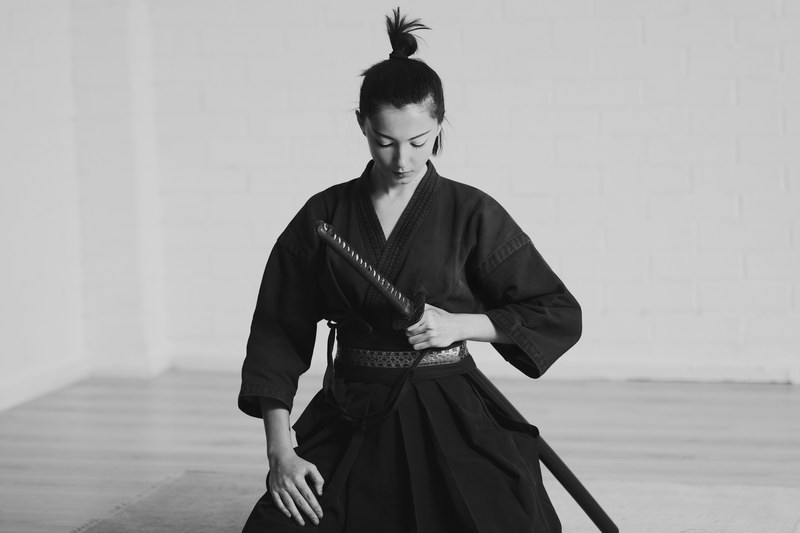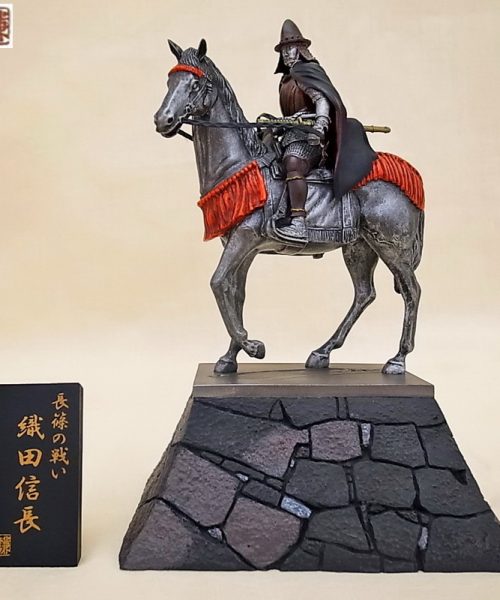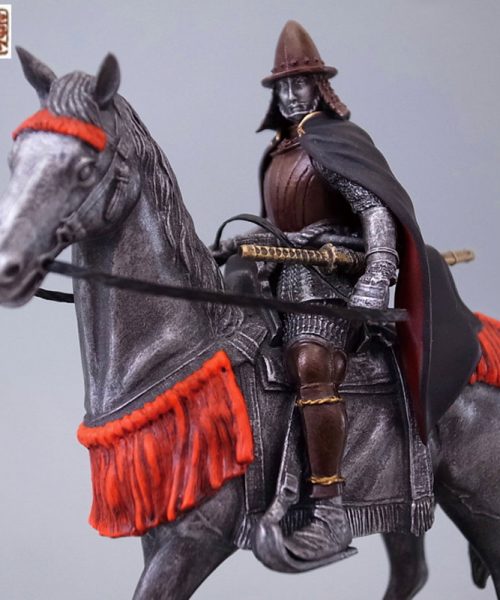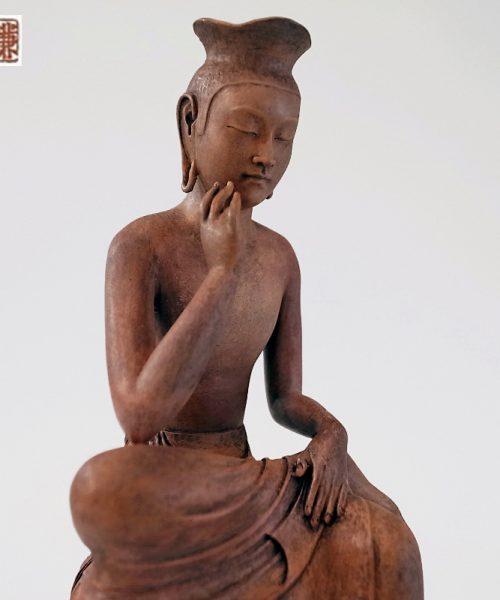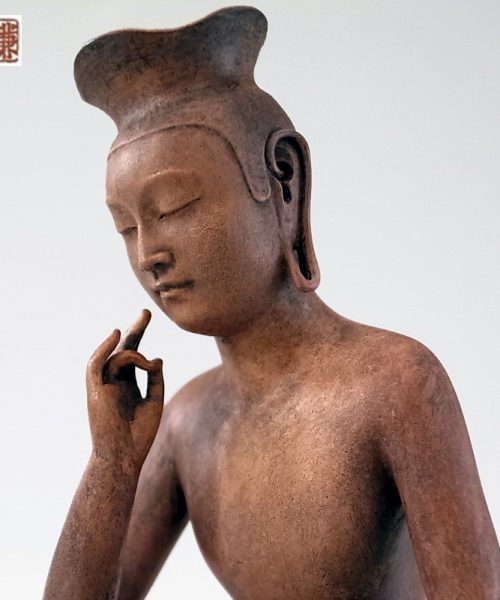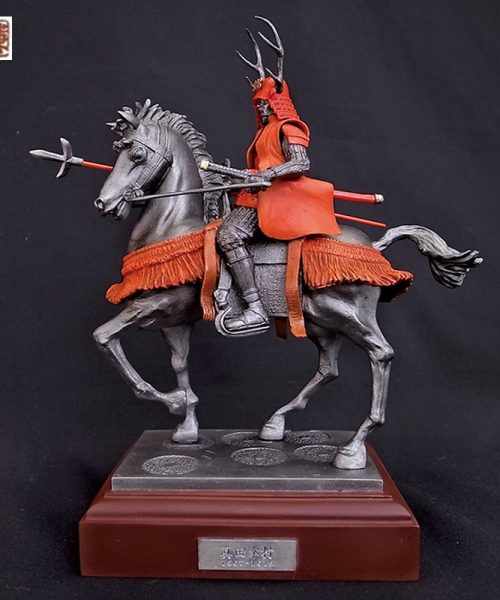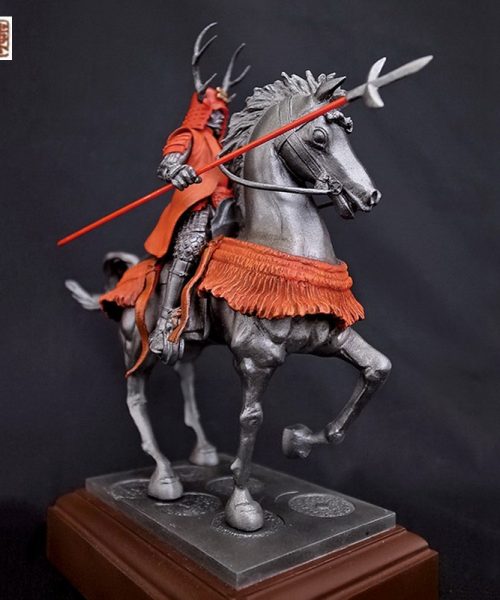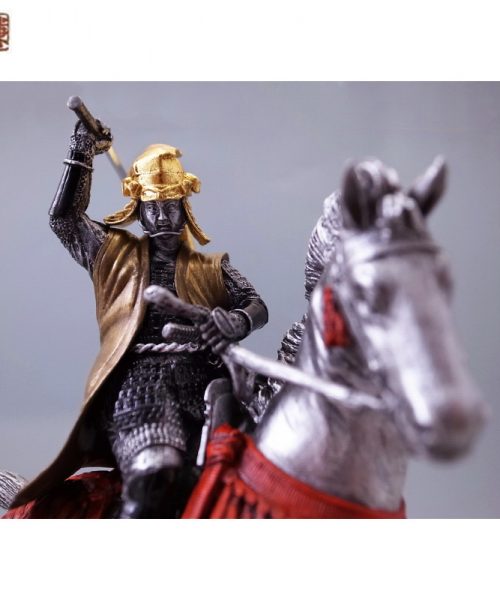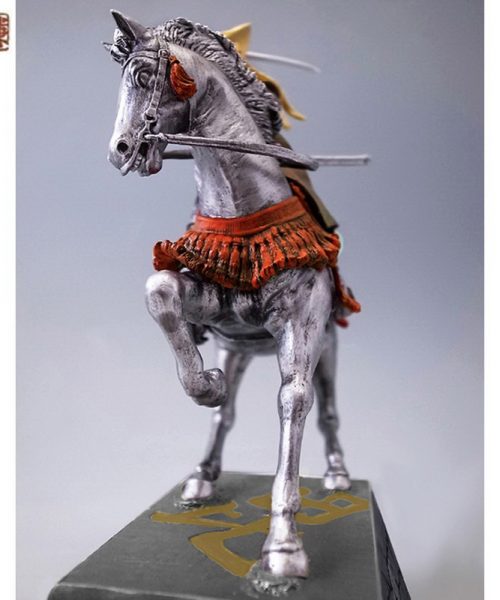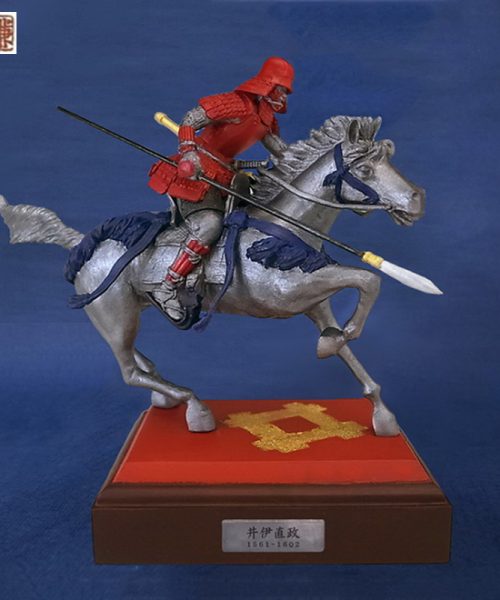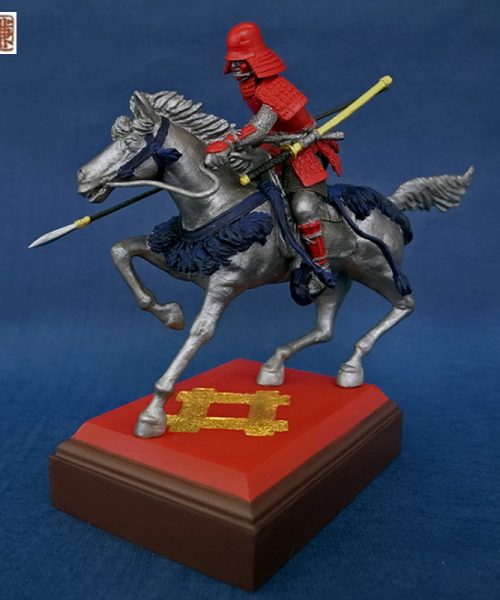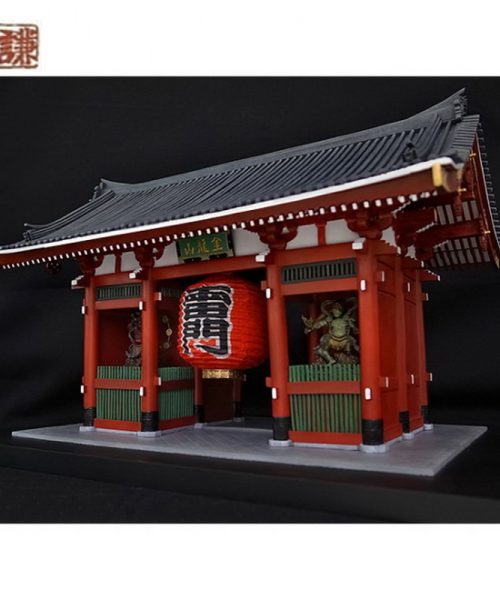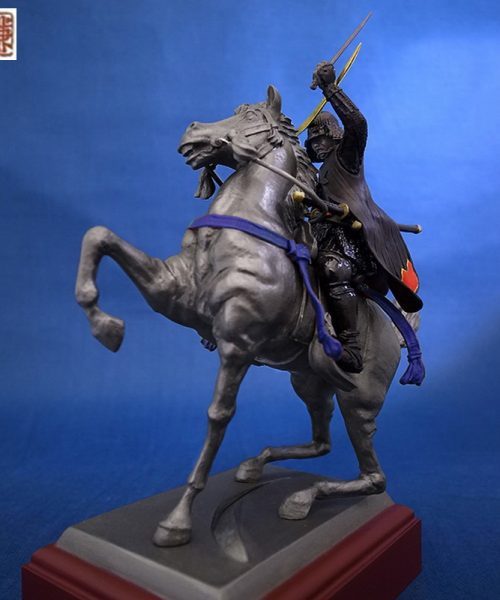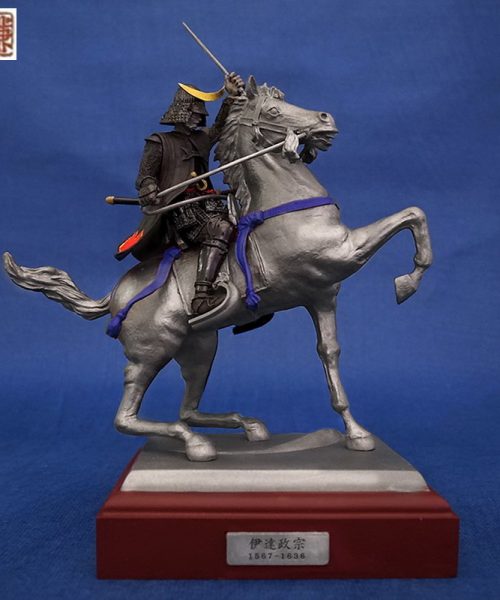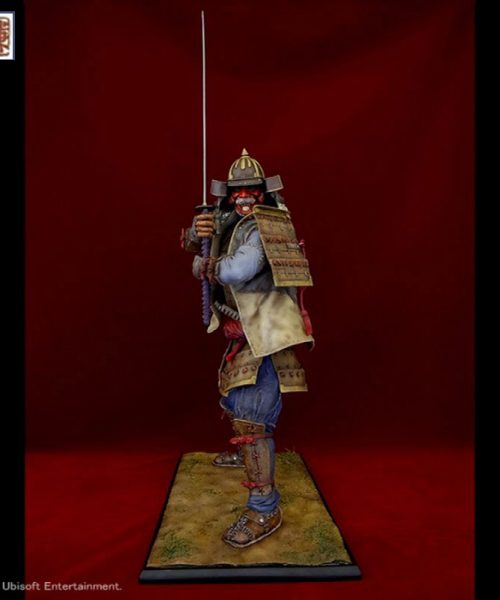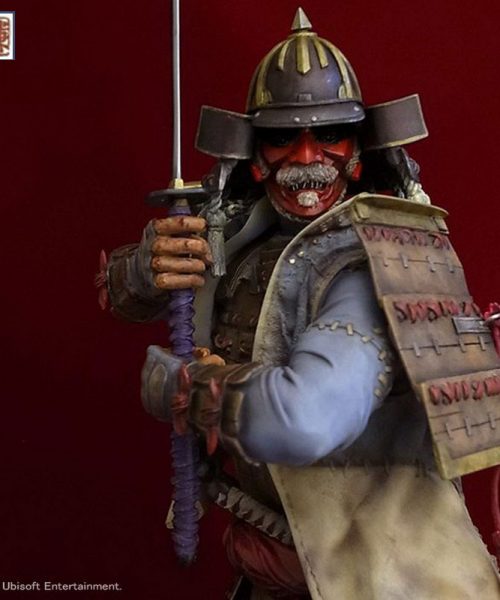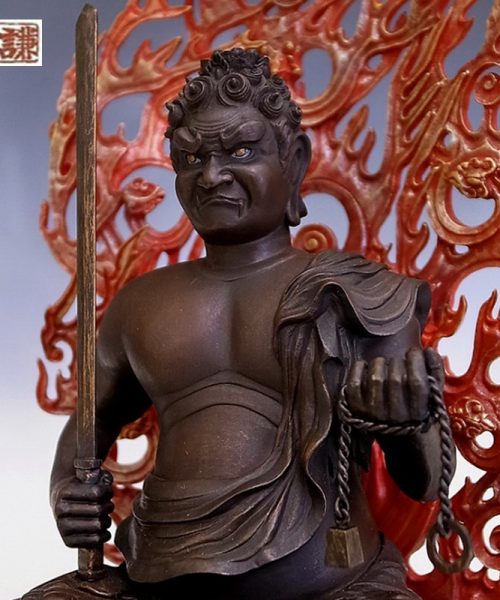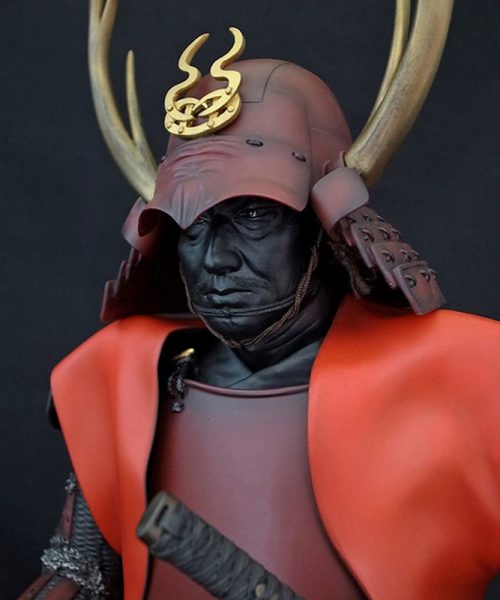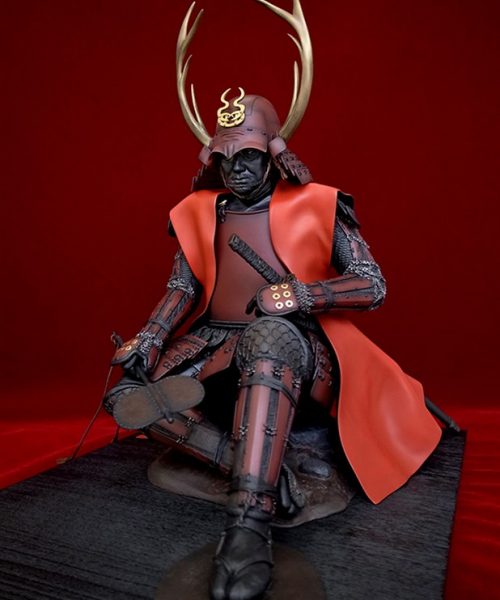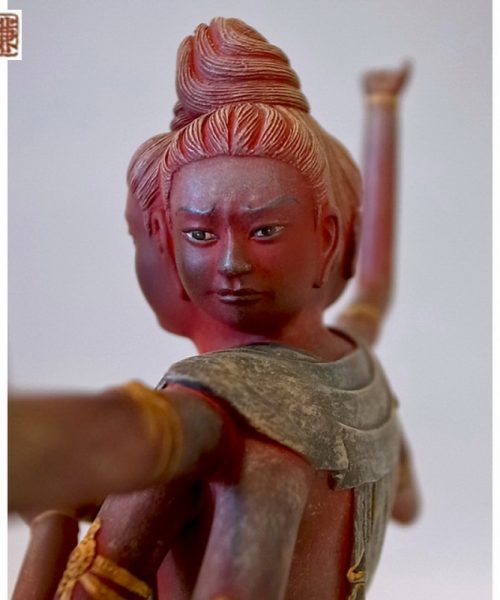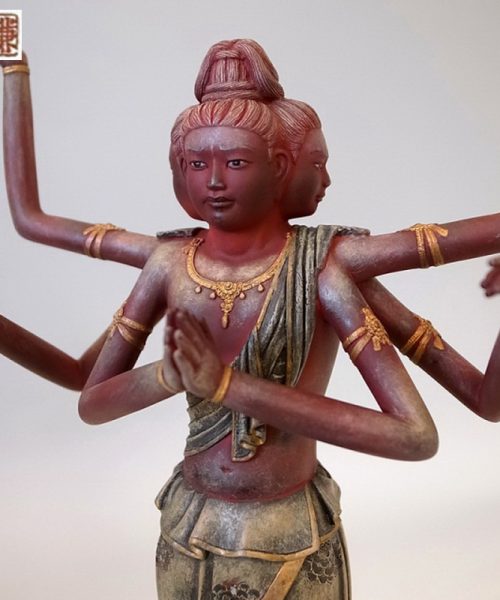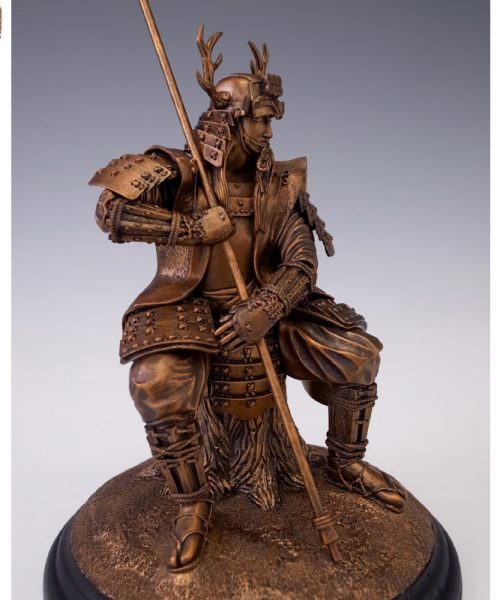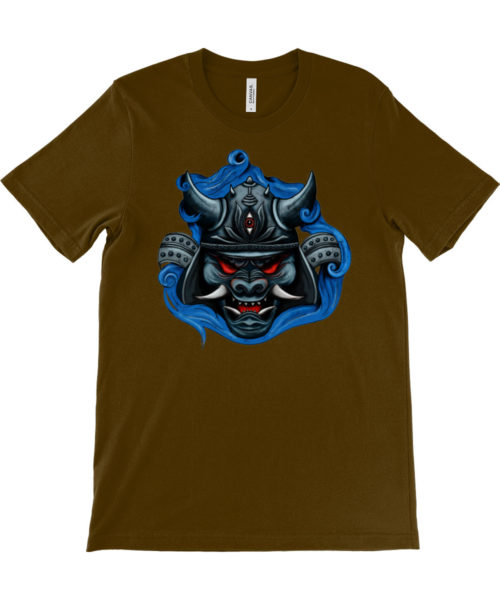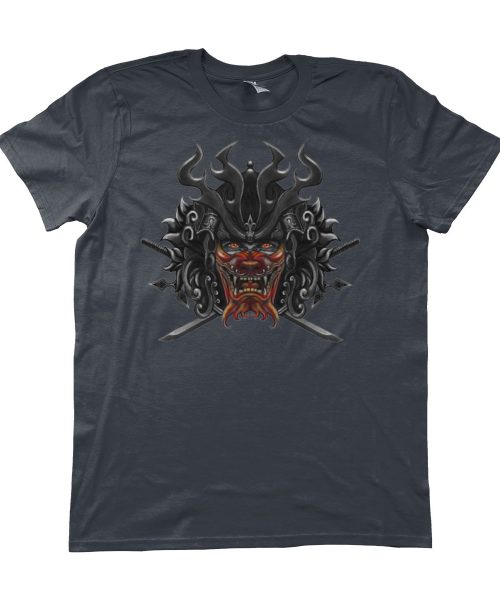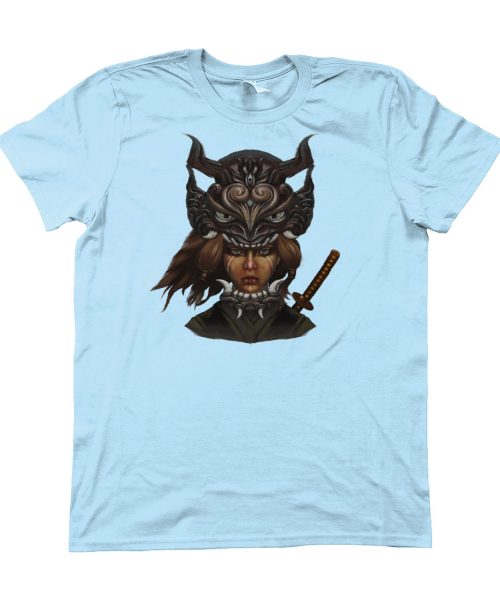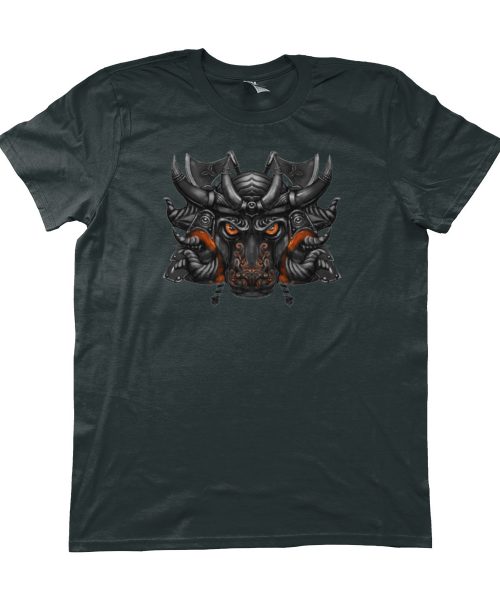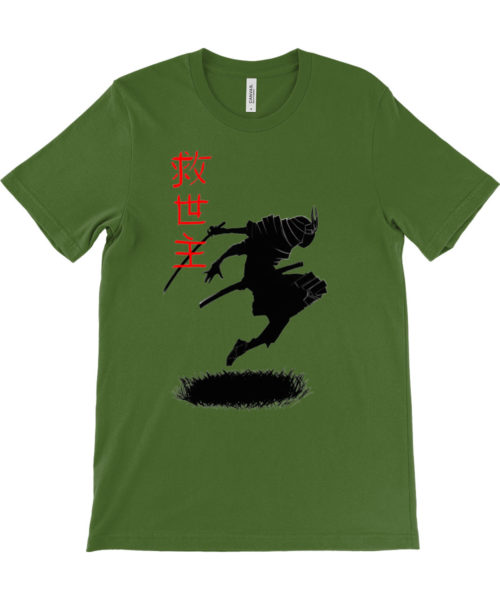No products in the cart.
Japan History
Being a Female Samurai in the Medieval Era
Samurai Women
Knowing Samurai as warriors, it is easy to think of them as males. Yet, we forget that there were also female ones. These women lived with the Samurai men during the Medieval Era. It is thus interesting to know how they lived, what roles they played, and what challenges they faced. Even more, it is exciting to know some of them up close.
Originally, the term Samurai referred to a male fighter. Therefore, there was no such thing as a female Samurai. However, at some point in time, some Japanese women acquired training in martial arts and even engaged in wars themselves.
A Samurai woman had to be at home taking care of her family while her husband was in the field. Alone with her children without a man for defense and protection, she felt the importance of learning martial skills herself. However, she would also go with her husband sometimes to fight in the war too.
How Did They Live? What Roles Did They Play?
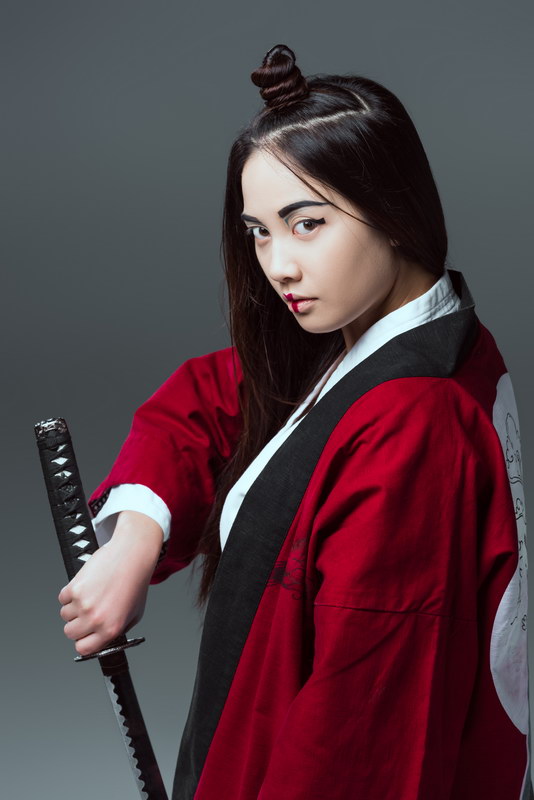
Mainly, a Samurai woman lived her life as a daughter, mother, and wife. As such, she was responsible for the home. She would take care of her children and husband, do the household chores, and perform her farming duties. Also, she managed the family properties and wealth, including the servants serving the family.
However, her husband sometimes had to leave for war or any other appointments with his fellow Samurai. Left with her family at home, she had to step up. As such, she had to protect and defend the home from any possible danger. This meant her seeking training in martial arts and swordsmanship. Acquiring the necessary skills afterwards, she could, for instance, seek revenge for a murdered family member or relative.
Legendary Swords in History
Art of Testing the Japanese Weapons
The Sakura and The Samurai
This practice of the female Samurai taking over their husbands’ duties was evident in the castle too. There were instances when a commander was absent. As such, his wife had to assume the responsibility of defense aside from her administrative duties. This was also true with the wife of a Daimyo or feudal lord. Like a typical Samurai woman, she could prepare herself for any emergency having sought martial arts training herself.
Moreover, as a fighting warrior, she would, at times, be with her husband on the battlefield to support him. She would assist him with the weapons and armor to put on as well as serve as his nurse. At some point, she would also dare to put on the attire, take up a sword, and actually fight.
What Challenges Did They Encounter?

Female Samurai were mainly housewives. Thus, it was not their primary duty to fight. However, as a call of emergency, they risked for something beyond their average capacity. They stepped up and braved the challenge of learning martial arts to serve their families and society better.
As it was with the men, faithfully keeping the Bushido code could be tough. For instance, it was never easy for them to be willing to die in a fight. Hara-Kiri or Seppuku, a ceremonial suicide, was one of their practices. Also, money and wealth could be tempting, yet they needed to uphold the value of simplicity. They had to disdain the idea of luxury because it was a threat to their lifestyle.
Moreover, they gave their all to be the best they could as warriors, wives, and mothers. However, most of them got little or no recognition at all. In fact, society considered them less important than men. From a lot of them who existed, history noted only a few with remarkable success and contribution.
Some of the Well-known Samurai Women
Empress Jingu

The traditional idea that women were second to men was very rampant. People believed that they had to submit to men. Also, they had to stay at home to take care of their families. Empress Jingu lived in such a generation of belief as this.
Despite that, she organized and led a battle in 200 AD. She and her fellows fought alongside the male Samurai, proving themselves strong and independent. Definitely, as one of the first ones herself, she paved the way for the recognition of female warriors.
As a warrior, she had incredible talent and bright intellect. She possessed an amazing skill in archery and horseback riding. Also, she had mastery of the Katana, a traditional sword of the Samurai.
Tomoe Gozen

Dubbed as the archetypal female Samurai warrior, Tomoe was a famous and skilled swordswoman, rider, and archer. She was the servant, lover, and wife of Minamoto no Yoshinaka. She fought alongside him against the Taira and Yoritomo clans during the Genpei War in 1180-1185.
Moreover, being Minamoto’s first captain, she took an enemy’s head during the 1184 Battle of Awazu. Unfortunately, Yoshinaka died. Meanwhile, Tomoe stayed in the fight but died and disappeared afterwards. However, others claimed that she survived, later on marrying Wada Yoshimori and becoming a nun.
Hangaku Gozen

Like Tomoe Gozen, Hangaku Gozen also fought during the Genpei War. Unfortunately, she allied with the defeated Taira clan.
Later, she joined the 1201 Kennin Uprising which aimed at overthrowing the Kamakura Shogunate. To help, she set up an army of 3,000 soldiers to defend Fort Torisakayama against the Kamakura army. Sadly, her army surrendered when she got wounded by an arrow.
The Shogun then took her as a prisoner. For this, she was about to commit Seppuku as an order. Fortunately, a Minamoto soldier, who fell in love with her and eventually married her, saved her. This man named Asari Yoshito had a daughter with her.
Get Your Awesome Samurai T-Shirt
Yamakawa Futaba

Futaba was one of those who found inspiration from the previous Samurai women and thus joined the fight. She was the daughter and wife of the Shogunate officials in Aizu.
A trained fighter, she joined the strike against the current emperor’s forces in defense of the Tsuruga Castle. This siege lasted for a month. With the surrender of the Aizu region, Samurai moved to war camps as prisoners. Also, their domains split up and distributed themselves to imperial loyalists.
Later, with the breaching of the castle’s defenses, most defenders committed suicide. Fortunately, Yamakawa survived and initiated efforts for improved education for Japanese girls and women.
Yamamoto Yaeko

Yaeko was another female Samurai defender of the Aizu region, living from 1845 to 1932. She was lucky enough to have a father who was a gunnery instructor for the Daimyo. Her father rigorously trained her in shooting until she became a highly skilled shooter.
Looking for her brother Kakuma, she moved to Tokyo after the final defeat of the Shogunate in 1869. Unfortunately, during the last days of the Boshin War, the Satsuma clan imprisoned her. They treated her harshly.
Despite this experience, she became a Christian and married a minister soon. Eventually, at 87, she helped found a Christian school in Kyoto, the Doshisha University.
Nakano Takeko

Daughter of an Aizu official, Takeko was the third defender of the region. She lived her short life (1847-1868) training in martial arts and working as an instructor.
As a contribution to the Battle of Aizu, she led an army of female Samurai to fight against the emperor. She used the Naginata, the traditional sword most Japanese female warriors preferred.
Leading a charge against the imperial forces, she knew she would die. Hence, she killed herself with a bullet. Before shooting herself, she ordered her sister Yuko to cut off her head and hide it from the enemy. Yuko buried the head under a tree.
Takeko was among the last Samurai fighters during the 1868 Meiji Restoration, marking the end of the Samurai era. Together with the rest of the Samurai men and women, she fought hard, won, and died bravely. Hence, her legacy remained in history.


